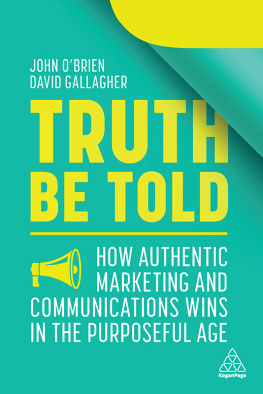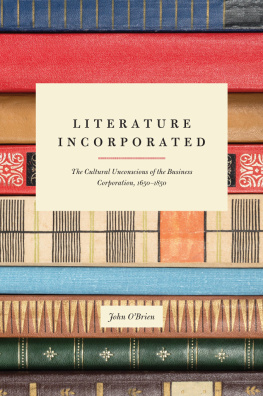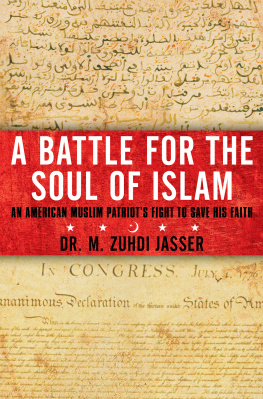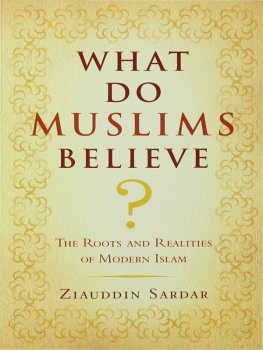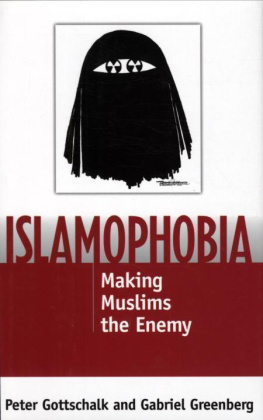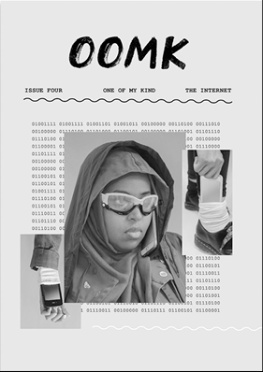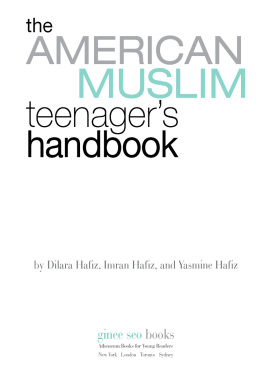John OBrien - Keeping It Halal: The Everyday Lives of Muslim American Teenage Boys
Here you can read online John OBrien - Keeping It Halal: The Everyday Lives of Muslim American Teenage Boys full text of the book (entire story) in english for free. Download pdf and epub, get meaning, cover and reviews about this ebook. year: 2019, publisher: Princeton University Press, genre: Romance novel. Description of the work, (preface) as well as reviews are available. Best literature library LitArk.com created for fans of good reading and offers a wide selection of genres:
Romance novel
Science fiction
Adventure
Detective
Science
History
Home and family
Prose
Art
Politics
Computer
Non-fiction
Religion
Business
Children
Humor
Choose a favorite category and find really read worthwhile books. Enjoy immersion in the world of imagination, feel the emotions of the characters or learn something new for yourself, make an fascinating discovery.

- Book:Keeping It Halal: The Everyday Lives of Muslim American Teenage Boys
- Author:
- Publisher:Princeton University Press
- Genre:
- Year:2019
- Rating:4 / 5
- Favourites:Add to favourites
- Your mark:
Keeping It Halal: The Everyday Lives of Muslim American Teenage Boys: summary, description and annotation
We offer to read an annotation, description, summary or preface (depends on what the author of the book "Keeping It Halal: The Everyday Lives of Muslim American Teenage Boys" wrote himself). If you haven't found the necessary information about the book — write in the comments, we will try to find it.
A compelling portrait of a group of boys as they navigate the complexities of being both American teenagers and good Muslims
This book provides a uniquely personal look at the social worlds of a group of young male friends as they navigate the complexities of growing up Muslim in America. Drawing on three and a half years of intensive fieldwork in and around a large urban mosque, John OBrien offers a compelling portrait of typical Muslim American teenage boys concerned with typical teenage issuesgirlfriends, school, parents, being coolyet who are also expected to be good, practicing Muslims who dont date before marriage, who avoid vulgar popular culture, and who never miss their prayers.
Many Americans unfamiliar with Islam or Muslims see young men like these as potential ISIS recruits. But neither militant Islamism nor Islamophobia is the main concern of these boys, who are focused instead on juggling the competing cultural demands that frame their everyday lives. OBrien illuminates how they work together to manage their culturally contested lives through subtle and innovative strategiessuch as listening to profane hip-hop music in acceptably Islamic ways, professing individualism to cast their participation in communal religious obligations as more acceptably American, dating young Muslim women in ambiguous ways that intentionally complicate adjudications of Islamic permissibility, and presenting a low-key Islam in public in order to project a Muslim identity without drawing unwanted attention.
Closely following these boys as they move through their teen years together, Keeping It Halal sheds light on their strategic efforts to manage their day-to-day cultural dilemmas as they devise novel and dynamic modes of Muslim American identity in a new and changing America.
John OBrien: author's other books
Who wrote Keeping It Halal: The Everyday Lives of Muslim American Teenage Boys? Find out the surname, the name of the author of the book and a list of all author's works by series.



